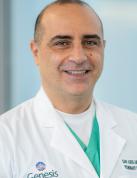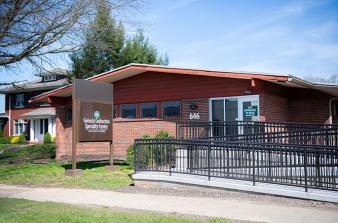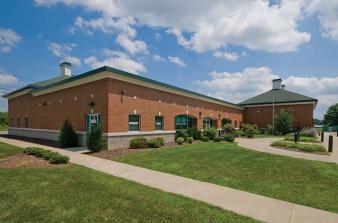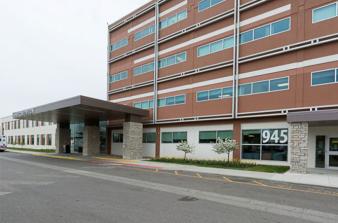
Find Lung Cancer Early
Improve your odds of living longer. Find out if a Low-Dose CT Scan is right for you.
A low-dose CT (computed tomography) scan can reduce your risk of dying from lung cancer by 20%, if you are considered high-risk. The screening is painless, involves no needles or medication and only takes about one minute. The low-dose CT scan is effective because it can identify potential lung cancer in the earliest stages of the disease when it is more treatable.
If you meet the following criteria, talk to your doctor because you may qualify for a free, low-dose CT scan through your health insurance. Criteria for a potentially free, low-dose CT scan includes:
- Have a 20 pack-year or more history. A pack-year is smoking an average of one pack of cigarettes per day for one year. For example, a person could have a 20 pack-year history by smoking one pack a day for 20 years or two packs a day for 10 years.
- Smoke now or have quit within the past 15 years.
- Are between 50 and 80 years old.
- Have no signs or symptoms of lung cancer.
Frequently Asked Questions
A low-dose CT screening produces a 3-D image of the lungs while using less than 25% of the radiation of a regular computerized tomography (CT) scan.
Studies have shown that a low-dose CT scan can lower the risk of dying from lung cancer by 20% for people that are high risk.
The screening helps doctors find lung cancer early, when it is usually easier to treat. This can increase your odds of surviving lung cancer and allow for more treatment options.
A low-dose CT screening is one of the easiest exams. You lie on a table that slides into a machine. As you slide through, the machine takes pictures of the inside of your body. It takes about one minute, requires no medications or needles and is painless.
Don’t use tobacco products including cigarettes, e-cigarettes (vaping) and smokeless tobacco. You should also avoid second-hand smoke. If you do use tobacco products, quit now.
Talk to your doctor and he can refer you to a Genesis lung specialist for assistance in quitting.











